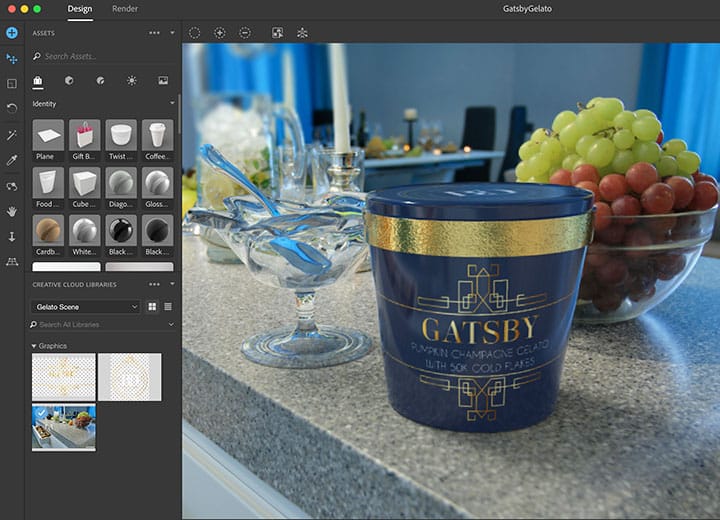
Color 3D printing just got a small step closer to being easier.
One of the big disappointments consumers and hobbyists have when first seeing a desktop 3D printer is that they tend to print in only one color at a time. And even worse, that color is usually black or white, according to 3D Hubs.
Imagine the thrill when hearing that there are 3D printers that can actually produce objects in full color. But in truth this capability has been around for decades, beginning with ZCorp’s still used inkjet-powder process, now marketed by 3D Systems. Unfortunately, their color process was out of the price range of many.
But since that time things have changed; many more color 3D printing options have emerged, from the paper-powered MCOR Iris and Arke, to the incredible Stratasys J750. But even now there are color options beginning to appear at desktop prices, most using the “many filaments, one nozzle” approach in which multiple colors are mixed on fly in the single nozzle.
This is all terrific, but it’s all hardware. To actually use full color 3D printing, we need to have full color 3D models. And if you happen to have access to a color 3D printer it can be quite challenging to find appropriate printable full color 3D models.
It can also be challenging to make them, as most 3D print-oriented CAD tools simply ignore color – because you’re 3D printing parts, aren’t you?
Thus I’m interested when I see new methods of producing 3D models with color textures. And one new way of doing that is with Adobe Dimensions.
What is Adobe Dimension? Here’s Adobe’s explanation:
Adobe Dimension CC (formerly Project Felix) makes it easy for graphic designers to create high-quality, photorealistic 3D images. Composite 2D and 3D assets to build product shots, scene visualizations, and abstract art.
It’s an exploratory project that became a product, now available as part of Adobe’s creative cloud system for about USD$20 per month.
Anyhow, one of the features in Adobe Dimensions is the ability to “Place graphics on 3D surfaces”. They explain:
Drag and drop a logo or graphic onto a 3D model to see how your design concept will look in real life. Experiment with different layouts — as you move your graphic around, it will maintain the same angle and orientation of your model.
Here we have a commonly available tool with an interface that millions understand how to use that can now apply color textures to 3D models. Sounds pretty good!
Unfortunately it’s not yet a complete solution for 3D printing, as there are file format challenges. Evidently the system can import only .OBJ files, and not .STL or any 3D CAD formats. Exporting is also a problem as the system is oriented to producing visual 3D renders, not 3D printable models.
But we can hope that Adobe can add these functions to future versions of Adobe Dimensions so that we can start breaking down the barriers to full color 3D printing.
Via Adobe

